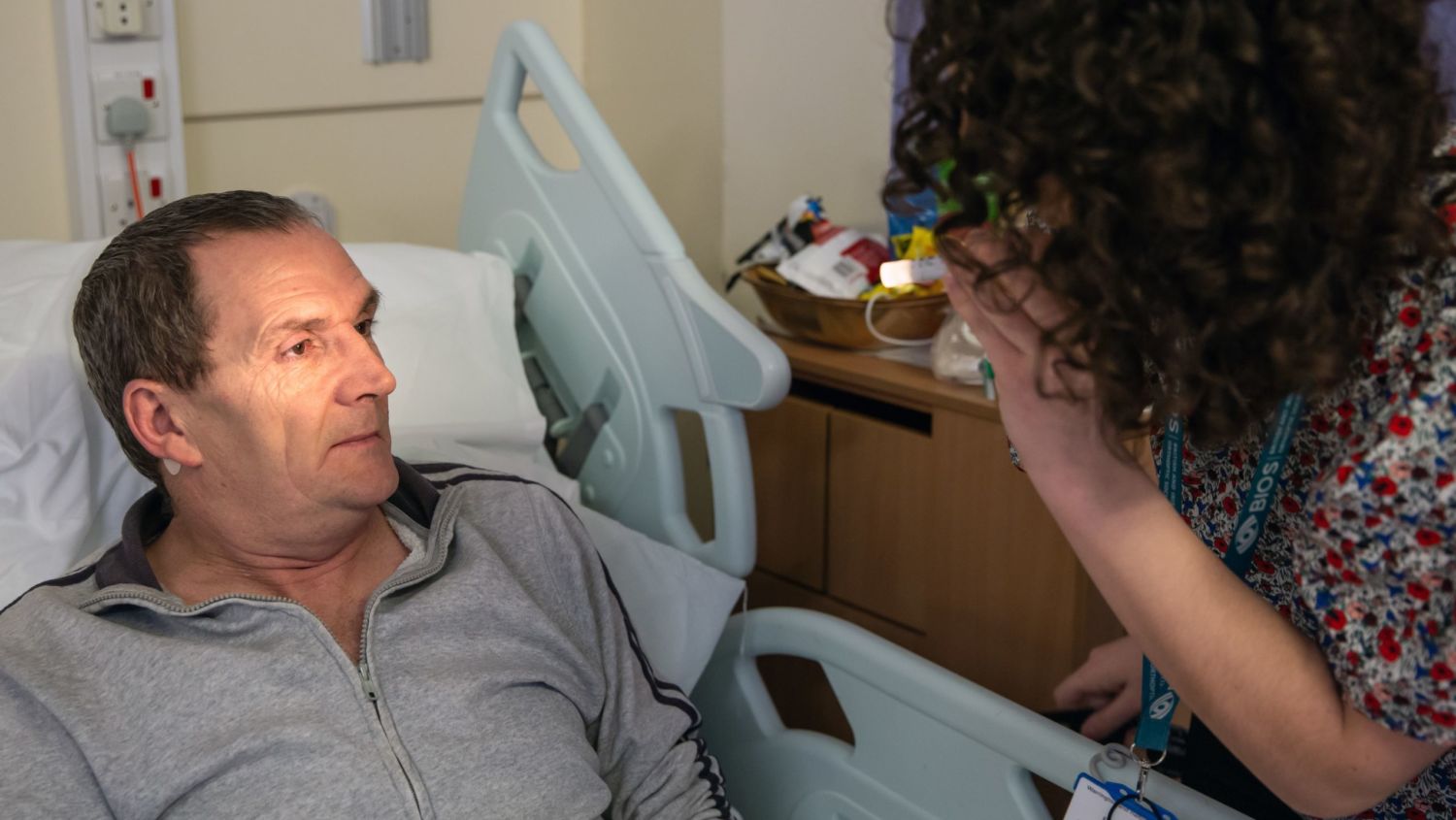Vision problems after a stroke or brain injury

Problems with vision and eye movement are common following a stroke or brain injury.
- visual field loss
- reduced vision
- eye movement problems
- perceptual problems
You can find out more about these problems in the resources below.
Coronavirus information for stroke survivors
Having a stroke means you are at greater risk of getting complications like pneumonia if you have coronavirus (COVID-19). Everyone is different, and if you have other health conditions, you also need to check how this affects you.
You can find more information on coronavirus for stroke survivors from the Stroke Association here.
How an orthoptist can help
Orthoptists are specialists in diagnosing and treating defects in eye movement and problems with how the eyes work together. Traditionally, they dealt with issues with the muscles around the eyes but problems can also be caused by defects in the nerves that enable the brain to communicate with the eyes. This is common in those who have had a stroke or brain injury.
Assessment and diagnosis: They can undertake an assessment of your vision, visual field and eye movements, providing you, your carers and any other health professionals supporting you with a clear picture of any vision problems you may have developed. They will be able talk this through with you and explain what effect this is likely to have on your ability to undertake everyday activities.
Treatment and Management: They can also assist you providing information and treatments to enable you to manage you vision problems and symptoms. They can provide you with information and advice on strategies to adapt to changes in your vision and visual field, such as reading aids, and advice on visual search techniques. They can also offer advice on the use of prisms or eye patches, or of changes to your head position to compensate for eye movement problems and resulting symptoms, such as double vision.
Orthoptists can help you in your rehabilitation and in maintaining your independence, by assisting you in making the most of your vision and therefore increasing your ability to get around and carry out everyday tasks.
Information and resources for patients
BIOS have produced a series of information leaflets for patients containing information on different conditions and tips for managing the symptoms.
Other resources
Web-based therapies: There are now a number of app and web-based activities available, which are designed for visual field loss therapy and visual neglect following stoke. We’ve put together a leaflet introducing some you may find helpful.
[English] [English Large Print]
The VISION Research Unit at the University of Liverpool have developed a number of resources that are available free of charge to patients and their families / carers. You can access them here.
The Stroke Association have information, resources and can provide support to patients and their carer’s. Please follow the link to access.
The RNIB provide information and resources to patients and carer’s as well as visual aids that may be useful. Please use the link to access.